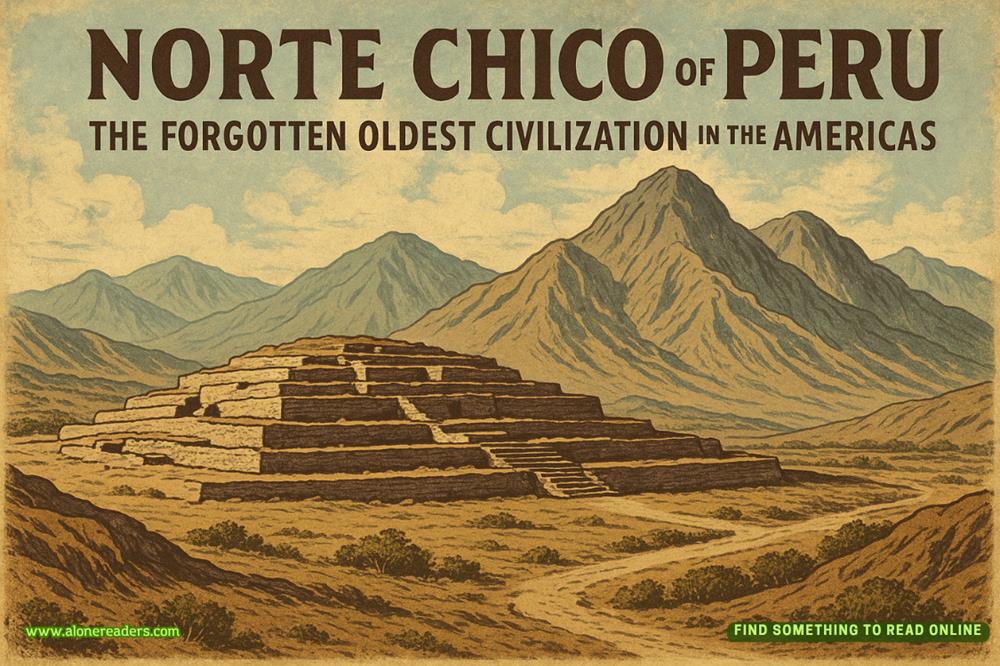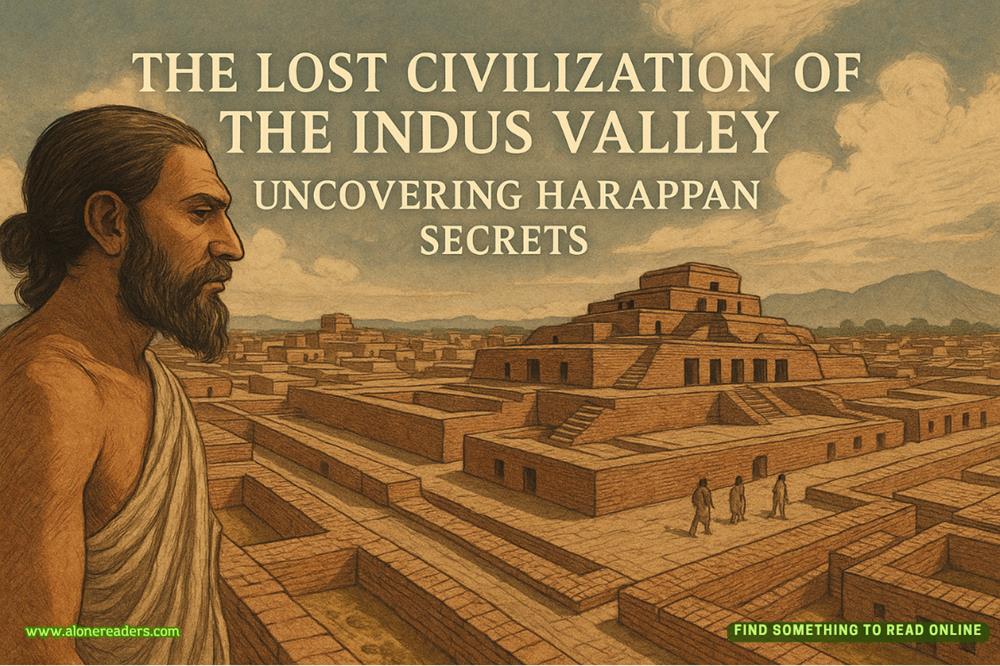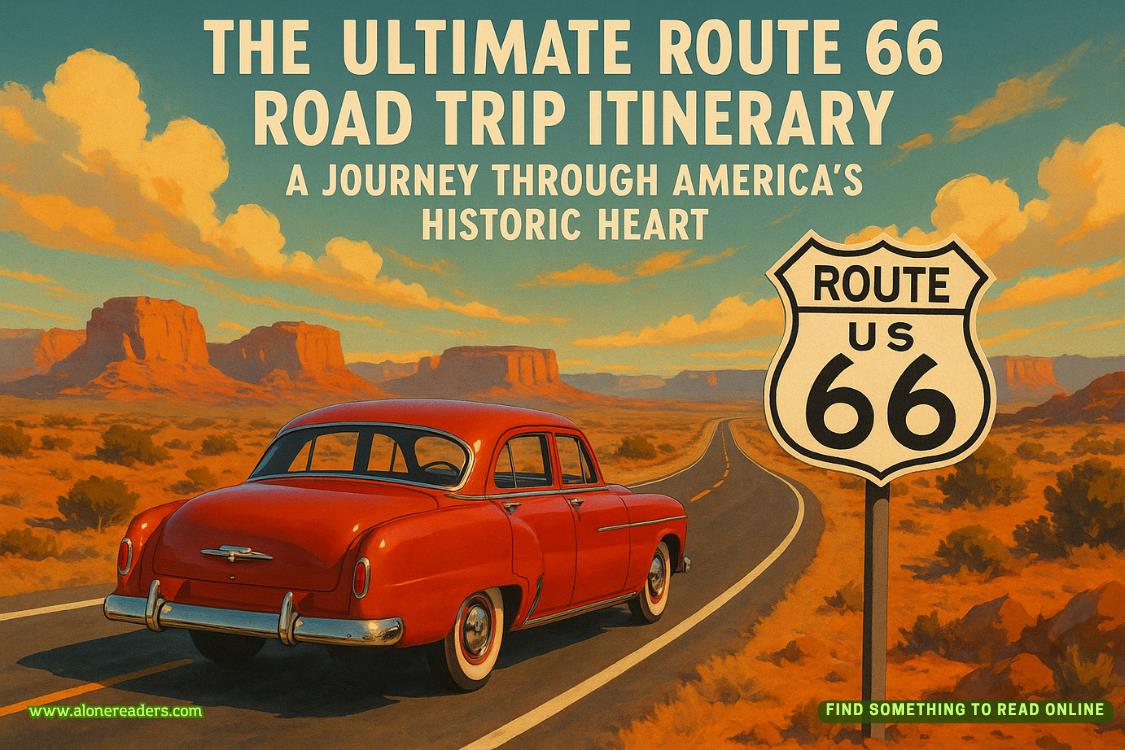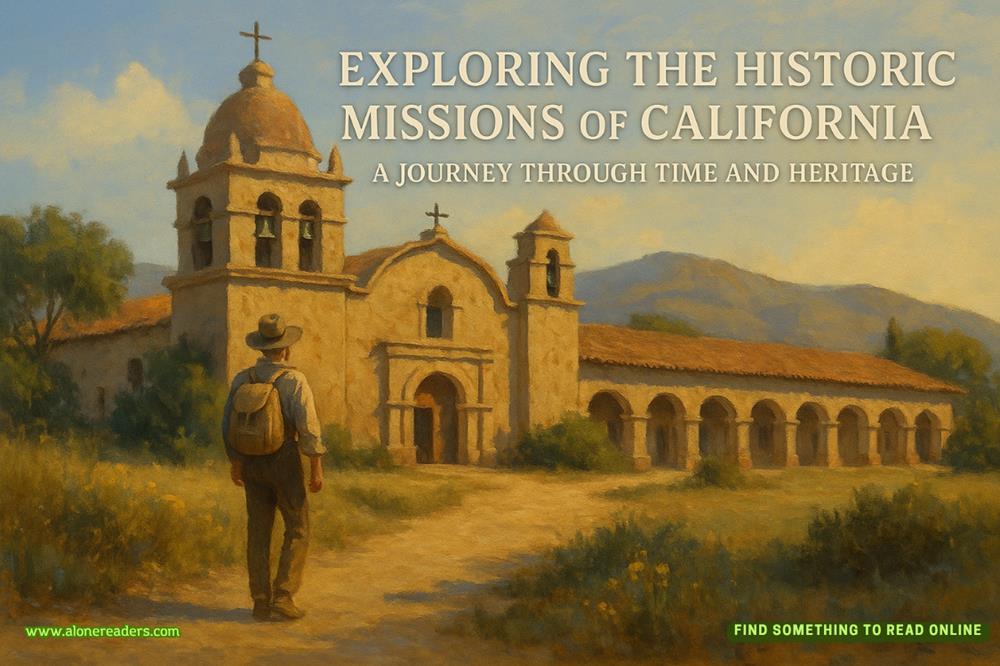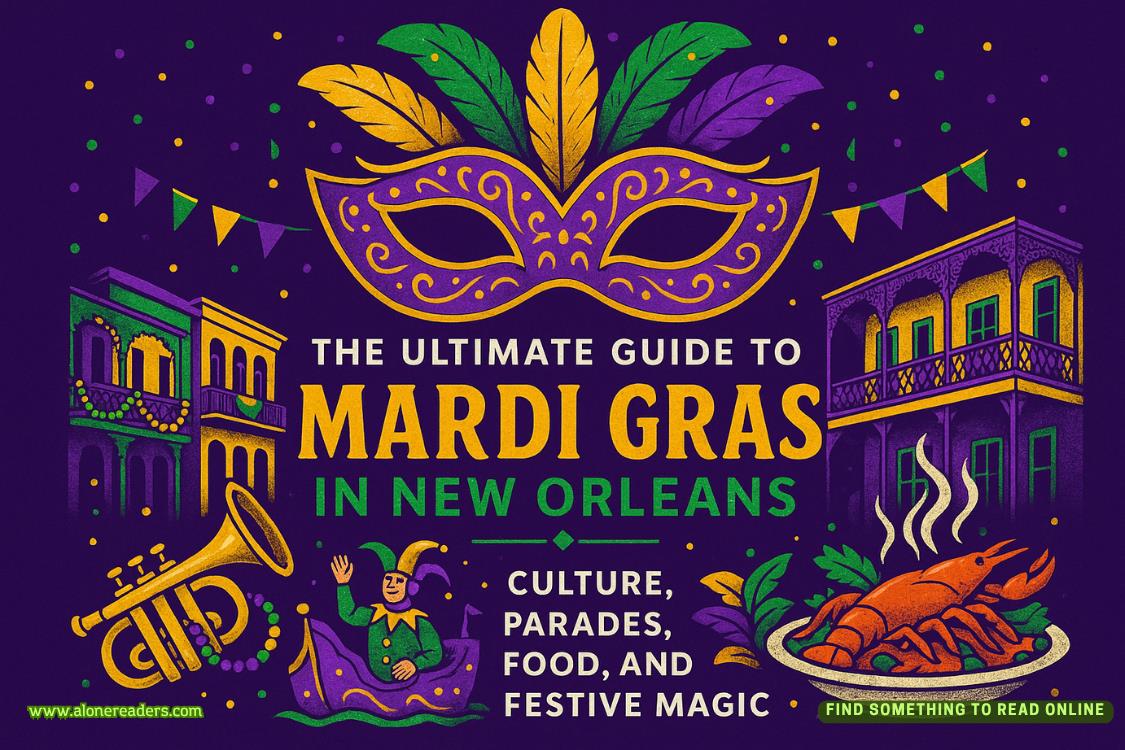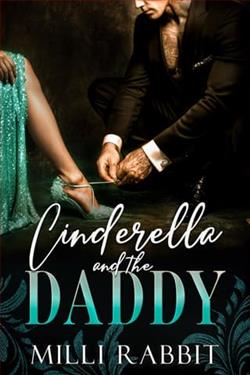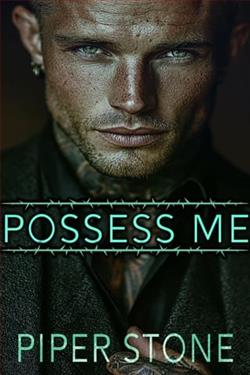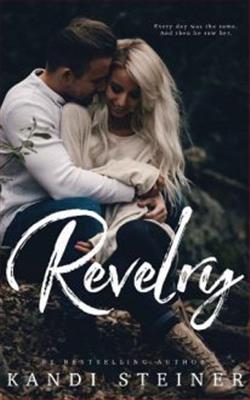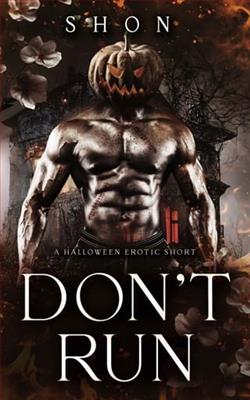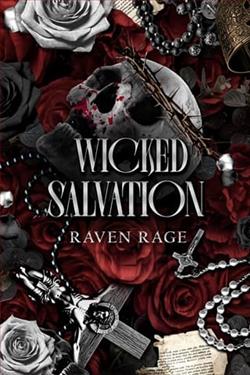Page 77 of The Last Time I Lied
Right now, the Lodge is empty.
Franny’s story returns to me, whispering in my ear.
He watched them too closely, and they showed their true natures.
I know I should heed her warning. This won’t end well. Even if I do get answers, there’s no guarantee my conscience will rid itself of guilt. But I’ll never know if I don’t try. Not knowing is what brought me here. Not knowing is why I kept seeing Vivian all those years ago. It’s why I saw her last night. This is my only chance.
“I need to take care of something,” I tell the class. “I’ll be right back. Keep painting.”
Outside, I slip away to Dogwood and retrieve my phone and charger. I then make my way to the Lodge, moving at an awkward half run, torn between being inconspicuous and being speedy. In truth, I need to be both.
At the Lodge, I knock on the red front door, just in case someone returned during my jaunt to the cabin and back. When seconds tick by and no one answers, I give the doorknob a twist. It’s unlocked. I check to see if anyone is nearby and possibly watching. No one is. Quickly, I tiptoe inside and close the door behind me. Then it’s through the entrance hall and living room before veering left into the study.
The room is roughly the same size as Dogwood, with a desk in the center and floor-to-ceiling bookshelves where our bunk beds would be. The wall behind the desk is covered with framed photographs. There’s an air of neglect about the place—like a museum that’s not very good at upkeep. A thin layer of dust covers the Tiffany lampshade on the desk. There’s a thicker coat of it on the rotary phone, which looks like it hasn’t been touched in years.
I lower myself onto my hands and knees, searching the walls for an outlet. I find one behind the desk and plug in the phone charger. Then I stand in the middle of the study, wondering where tolook first. It’s hard to decide without Vivian’s diary to guide me. I recall her writing about how she managed to sneak something out of the study, which means there could be multiple possible clues here.
I head to the bookshelf on my left, which holds dozens of thick, musty volumes about nature. Darwin’sOn the Origin of Species. Audubon’sBirds of America.Waldenby Thoreau. I grab a thick purple book and examine its cover.Poisonous Plants of North America. A quick flip through its pages reveals pictures of lacy white flowers, red berries, mushrooms colored a sickly green. I doubt these books are what Vivian was referring to.
I turn next to the desk, giving its phone, lamp, and blotter calendar a cursory glance before reaching for the three drawers stacked from floor to desktop. The first drawer is the usual menagerie of pen caps and paper clips. I close it and move to the middle one. Inside is a stack of folders. They bulge with documents, their edges brittle with age. I flip through them. Most appear to be receipts, financial statements, invoices for long-ago work on the property. None contain a hint of scandal. At least nothing that Vivian could suss out during a brief bit of snooping.
In the bottom drawer, I find a wooden box. It’s just like the one Vivian showed me during our outing to the other side of the lake, only better preserved. Same size. Same surprising heft. Even the initials carved into the lid are the same.
CC
Charles Cutler.
The name slips into my head without warning or effort. One look at those initials and it’s right there, summoned at will. I lift the box from its hiding place and carefully turn it over. On the bottom are four familiar words.
Property of Peaceful Valley.
I turn the box back over and open it, revealing a green velvet interior. Nestled inside are photographs.
Old ones.
Of women in gray with long hair draped down their backs.
Each one assumes the same pose as Eleanor Auburn, minus the clutched hairbrush.
This is where Vivian got that picture. I’m certain of it. It’s merely one of what appears to be two dozen. I sort through them, unnerved by their uniformity. Same clothes. Same bare-wall background. Same eyes made dark by despair and hopelessness.
Just like the one of Eleanor, the back of each photo has been marked with a name.
Henrietta Golden. Lucille Tawny. Anya Flaxen.
These women were patients at Peaceful Valley. The unfortunates whom Charles Cutler rescued from squalid, crowded asylums and brought to Peaceful Valley. Only I have a gnawing suspicion his intentions weren’t so noble. A chill settles over me, increasing with every name I read until I’m practically numb.
Auburn. Golden. Tawny. Flaxen.
Those aren’t last names.
They’re hair colors.
I’m struck by a dozen different thoughts, all clashing together in my brain. Scissors in that crumbling box. The broken-glass sound they made when Vivian turned it over. Watching Allison’s mother in that guilt-inducing production ofSweeney Todd. A character sent to bedlam, at the mercy of wardens who sold their hair to wigmakers.
That’s what Charles Cutler was doing. It explains these women’s long locks and why their last names went unwritten, as if the only important aspect of their identity was the color of their hair.
It makes me wonder if any of them knew the purpose they served. That they weren’t patients but commodities, ones who surely saw none of the money Charles Cutler received from wigmakers. Theidea is so distractingly sad that I don’t realize someone has entered the Lodge until a voice rings out from the entrance hall.
